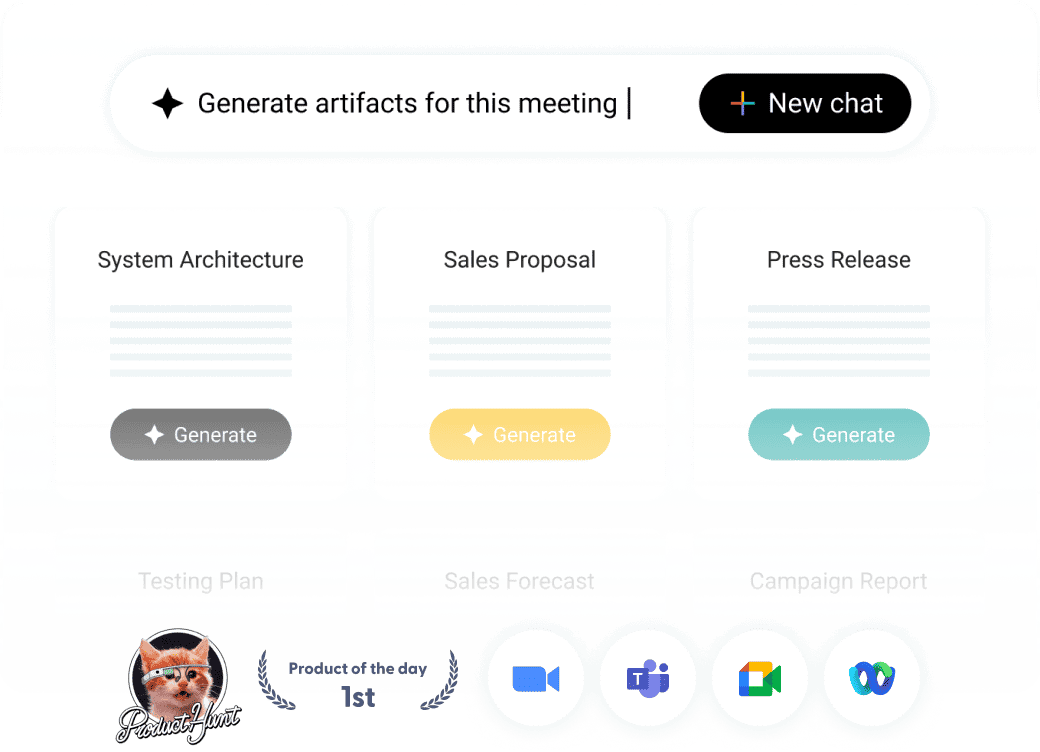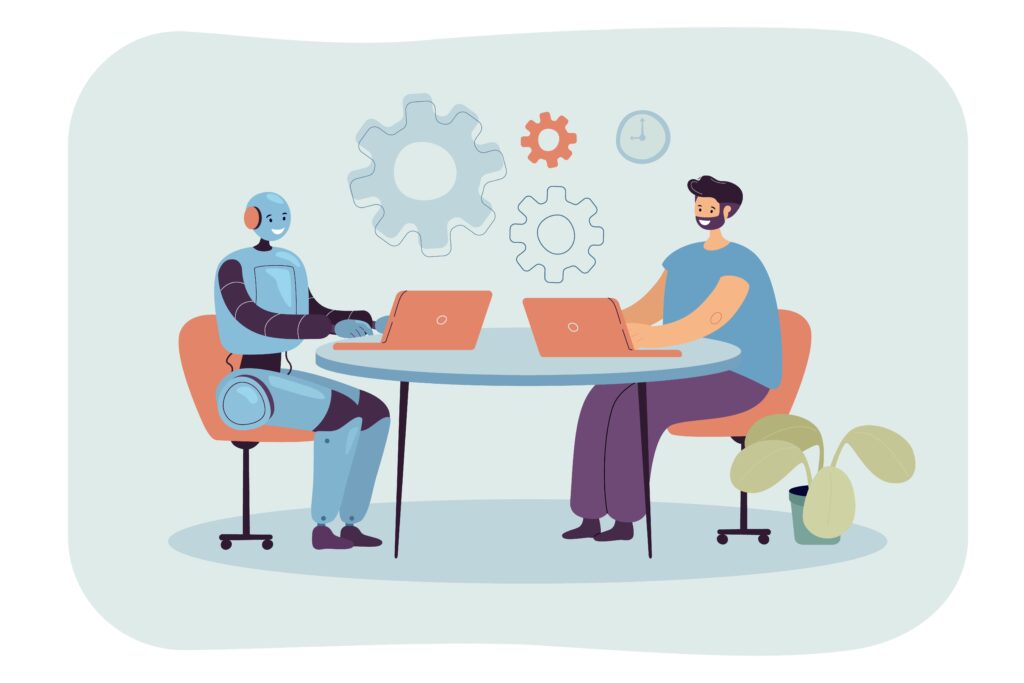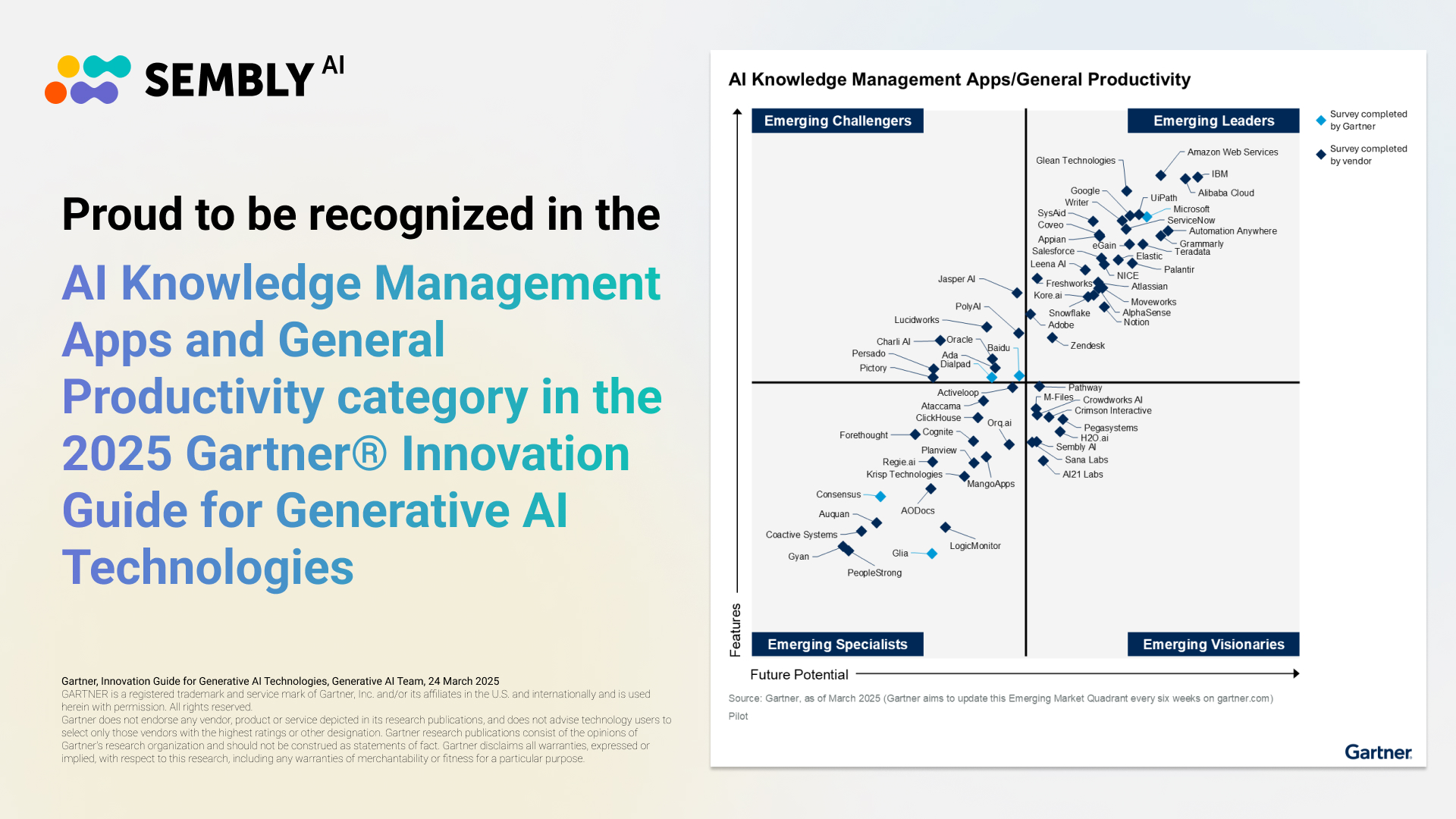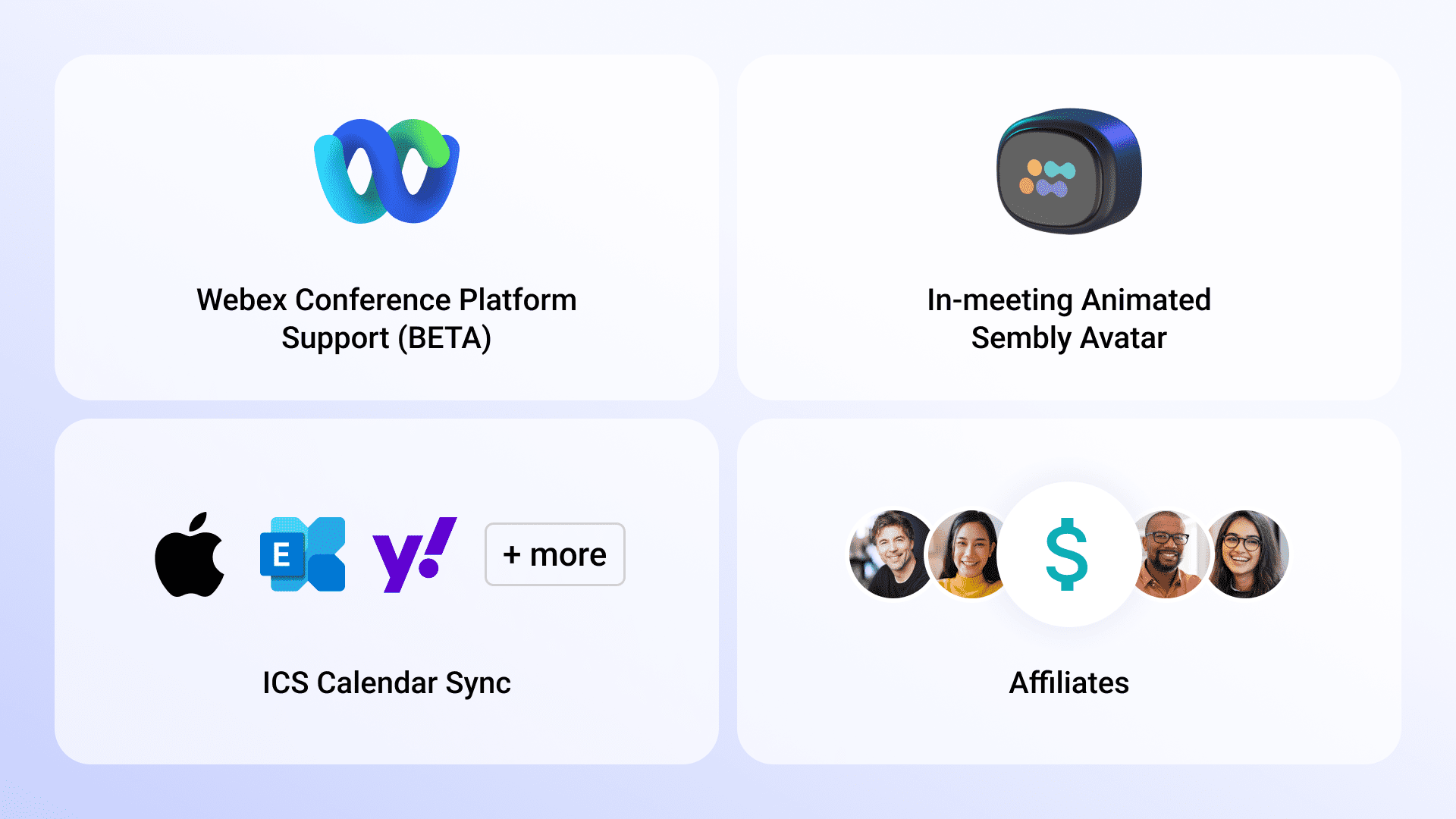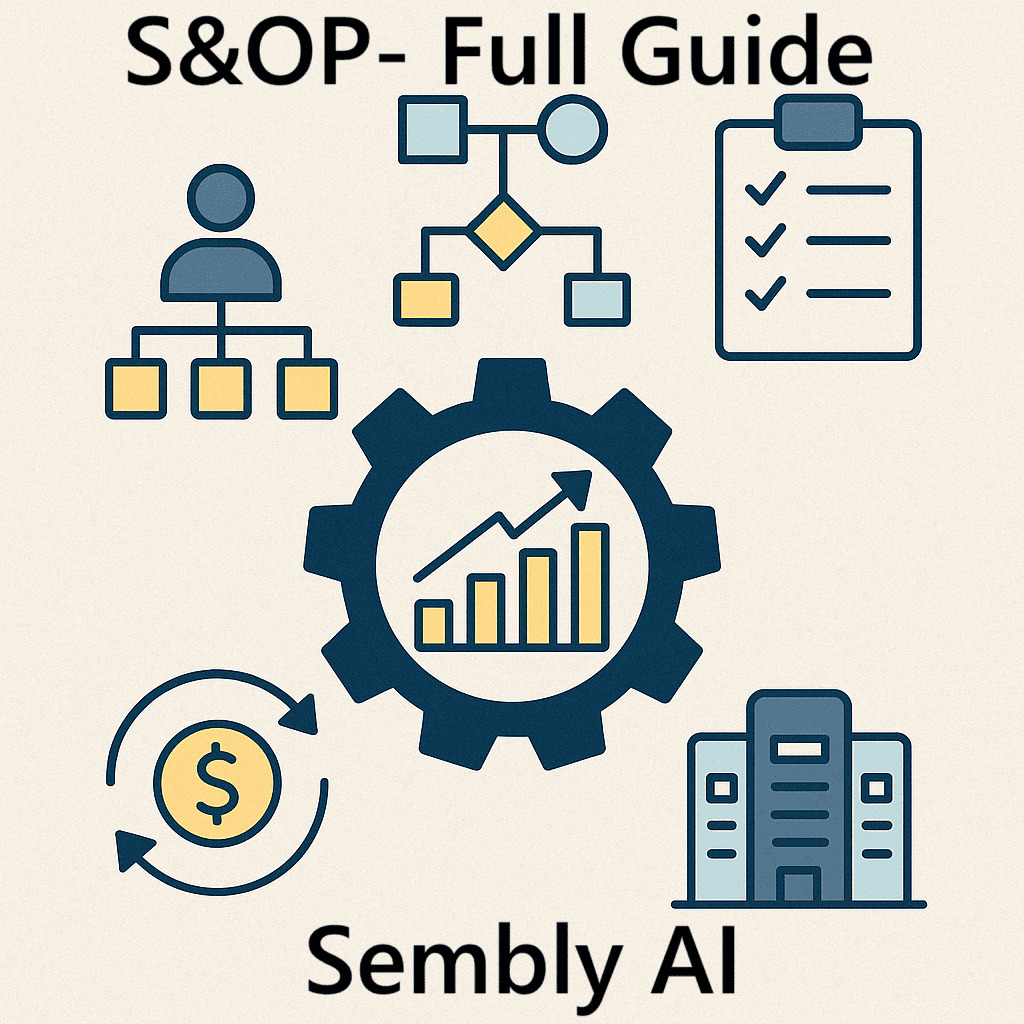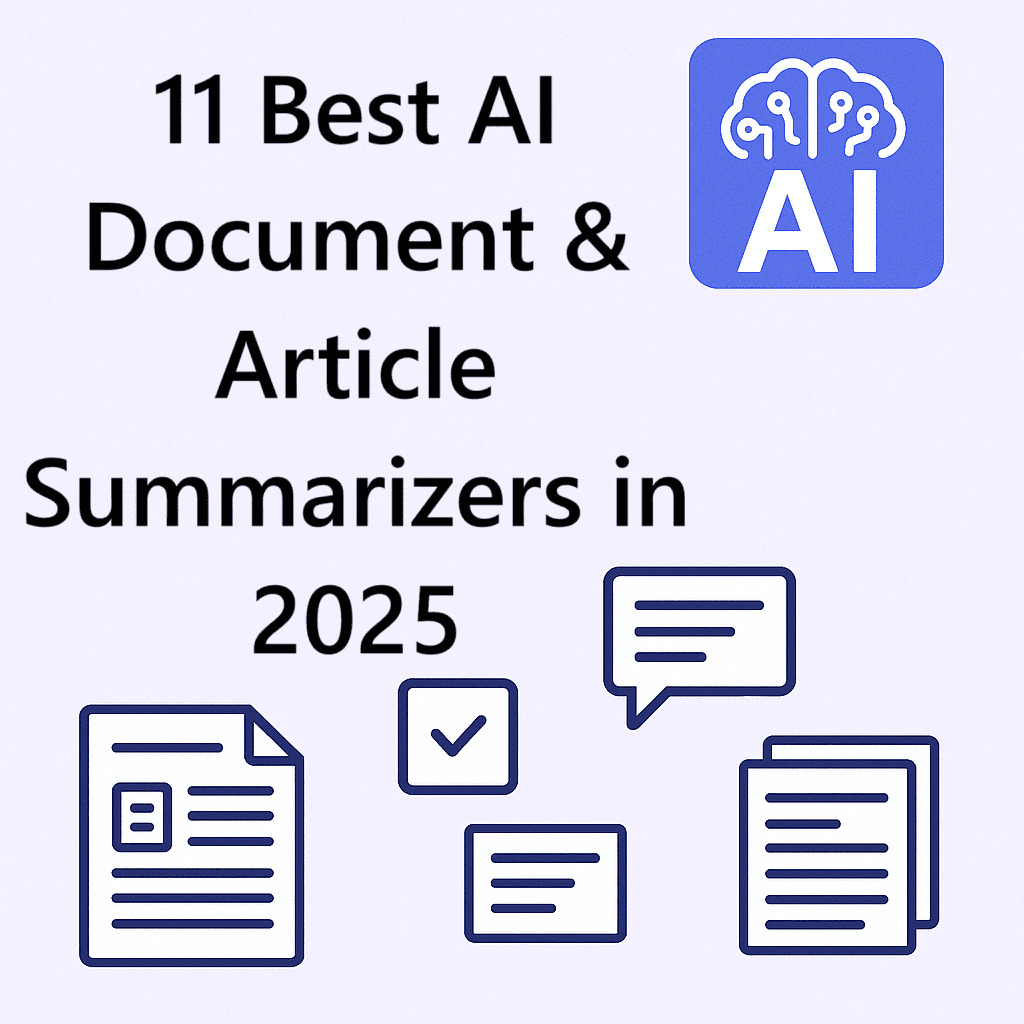Table of Contents
ToggleRecently updated on February 6th, 2025
Artificial intelligence is the buzzword of the year. Yet behind the noise, AI teammates bring real changes in nearly any aspect of how we work. They read through mountains of data, help us think through problems, turn rough ideas into concrete results, and handle a wide range of other mundane tasks previously done manually. What makes these virtual teammates special is not their speed or power, but how effectively they can blend into our daily workflows.
A well-chosen AI teammate can create a new kind of workspace dynamic. The impact of AI-driven tools can now be felt in both small tasks and major projects. From sorting through emails to analyzing market trends, AI handles routine work while humans focus on strategy and innovation. This shift in how businesses operate points to a future where each task finds its perfect match—human wisdom for complex decisions, and AI support for speed and precision in scenarios that don’t require strategic vision or creativity. But what does it mean to use AI as your teammate in 2025 in practice? Let’s figure it out together!
What Is an AI Teammate?
An AI teammate is an AI-driven tool that works in collaboration with the human intellect to enhance an individual’s productivity. Just like a calculator helps with math, these digital assistants help with a range of tasks from writing to data analysis. They differ from human teammates in a key way—while humans bring creativity and judgment to work, AI-powered tools bring hundreds-of-terabytes-based knowledge and efficiency to routine tasks.
The collaboration between humans and AI creates a powerful mix of abilities. For instance, this collaboration offers a uniquely powerful blend of quick data processing and strategic thinking. It reduces routine tasks to a few easy clicks. While AI cannot replace an entire team, a person working with AI can match the output of multiple team members on tasks that don’t need creative input—much like how modern tractors enable one farmer to do the work of many.
Overview of Their Importance in Modern Workflow
It’s hard to overstate the importance of AI in modern business processes. As the business world shifts toward increasingly AI-saturated workflows, the gap widens between the companies that embrace AI tools and those that hesitate—much like in the early days of computers in the workplace. Here are some of the key points of the importance of AI in modern workflow:
- Time management benefits: AIs reduce hours of routine work to minutes, letting teams focus on strategic tasks and decision-making instead. Automating meeting minutes, email sorting, and data entry become quick tasks rather than time drains;
- Error reduction: AIs maintain consistency across repetitive tasks. Unlike humans, they don’t get tired or lose focus during long data processing jobs;
- Cost efficiency: One person with AI support can handle work that once needed extensive team collaboration. This allows for the reduction of operational costs while maintaining quality output;
- Scalability: AIs manage increased workload without extra strain. Whether processing ten or ten thousand requests, AIs can handle it without quality issues.
- Knowledge access: AIs tap into vast databases of information instantly. They identify relevant data and patterns that would take humans days to discover.
Core Features of AI Teammates
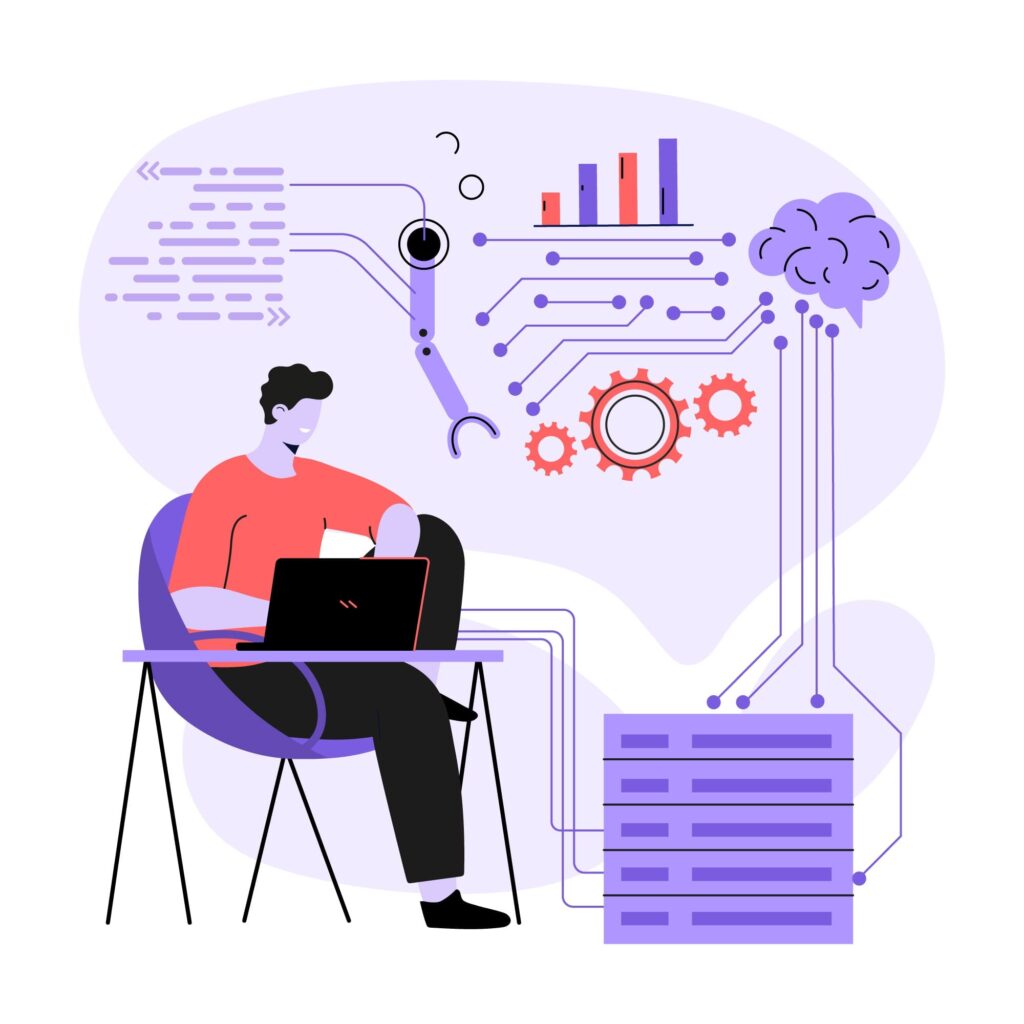
Like any good human teammates, AI assistants come with distinct strengths that help teams excel. Let’s explore some of their core capabilities:
Automation and Efficiency
Automation stands at the heart of what AIs do best in modern workflows. They automate routine tasks like data sorting, document formatting, email management, report generation, meeting scheduling, and more with speed and precision. Through automation AI tools handle repetitive work without needing breaks or additional instructions. AI automation transforms time-consuming manual tasks into quick, efficient processes that run in the background.
Data Analysis and Decision Support
Most modern AI teammates offer complex data analysis capabilities. These capabilities allow AI tools to turn raw data into clear insights that guide business choices. The tools spot hidden patterns and trends in large datasets that even expert analysis might overlook. Together, these aspects allow AIs to convert complex data into simple charts and reports, helping teams make key business decisions.
Collaboration and Communication
Artificial intelligence effectively bridges gaps in team communication by helping to translate complex ideas into clear, understandable messages. They help create meeting summaries, craft professional emails, turn rough drafts into polished documents, break down language barriers, and even help with team goal setting. Overall, in group projects, AI assists with team processes, such as task tracking and deadline management, keeping everyone on the same page.
Learning and Adaptability
AIs also have the ability to learn from each task and interaction, which becomes more useful over the time you use them. They can adapt to specific work styles and company needs, much like new employees learning the ropes. Just as a seasoned worker understands team preferences, AI tools recognize patterns in how you handle tasks and adjust their support to match your approach.
Security and Compliance
Modern AIs include built-in safeguards that protect sensitive data and follow industry rules. They track who sees what information and keep detailed records of all data access. These digital assistants help teams stay within legal boundaries by flagging potential compliance issues and suggesting fixes, much like having an additional compliance officer on standby.
Integration with Other Technologies
Modern AIs also provide robust integration capabilities. You can integrate your AI teammate with the apps and software your team uses every day. They work across platforms to create a smooth flow of information. Modern AI assistants can pull data from various sources and update multiple systems at once, saving teams from the trouble of switching between windows. Most modern AI tools integrate with both legacy systems and new technologies, turning scattered workflows into one unified system.
Challenges and Limitations of AI Teammates
While AI tools bring powerful capabilities to the workplace, they also come with their own unique set of hurdles. Understanding these challenges is a key step to using AI effectively and setting realistic expectations from the collaboration. Like any technology, AI has boundaries—knowing them helps avoid frustration and make better choices about when to use these tools.
Key challenges of adopting AI:
- Learning curve: Teams need time to learn how to work with new AI tools. Each member must adjust their workflow and develop new skills.
- Data quality: AI tools work best with clean, well-organized data. Poor-quality input leads to unreliable results.
- Integration issues: Connecting AI with existing systems can be challenging. Some older software solutions might not work well with the latest AI tools.
- Cost management: Initial setup and ongoing costs can be high. Teams must balance the benefits against the investment.
- Change resistance: Some team members may resist adopting new AI tools. Overcoming this resistance takes time and patience.
Key limitations of AI:
- Creativity boundaries: AI can’t match human creativity or handle tasks that need original thinking. It works best with structured, rule-based work.
- Context understanding: AI tools miss subtle context or cultural nuances that humans grasp naturally.
- Decision complexity: AI can’t handle complex decisions or situations that need human judgment.
- Error recovery: When AI makes mistakes, it often needs human intervention to fix them and learn from the error.
Benefits of Using the Semblian 2.0 AI Teammate for Your Work
Meet Semblian 2.0, the next step in AI workplace tools, focused on meeting-based collaboration. Using Semblian 2.0 AI as your teammate brings the power of AI into your daily meetings and discussions. This tool listens to conversations, understands team goals, and turns talk into action—from drafting project plans to creating sales strategies. Unlike generic AI solutions that work with general knowledge, Semblian builds on your team’s actual discussions and decisions. It acts like a real human who remembers every detail from past meetings and helps connect these insights to create useful documents and plans.
What sets Semblian 2.0 apart is its ability to work across multiple meetings and projects at once. The tool creates threads of related discussions, pulls relevant information from previous conversations, and suggests next steps based on the full context of your work. Whether you need to respond to client concerns or create a risk assessment report, Semblian leverages your team’s collective knowledge to generate results that align with your organization’s goals and previous decisions.
Semblian 2.0 AI Teammate Use Cases
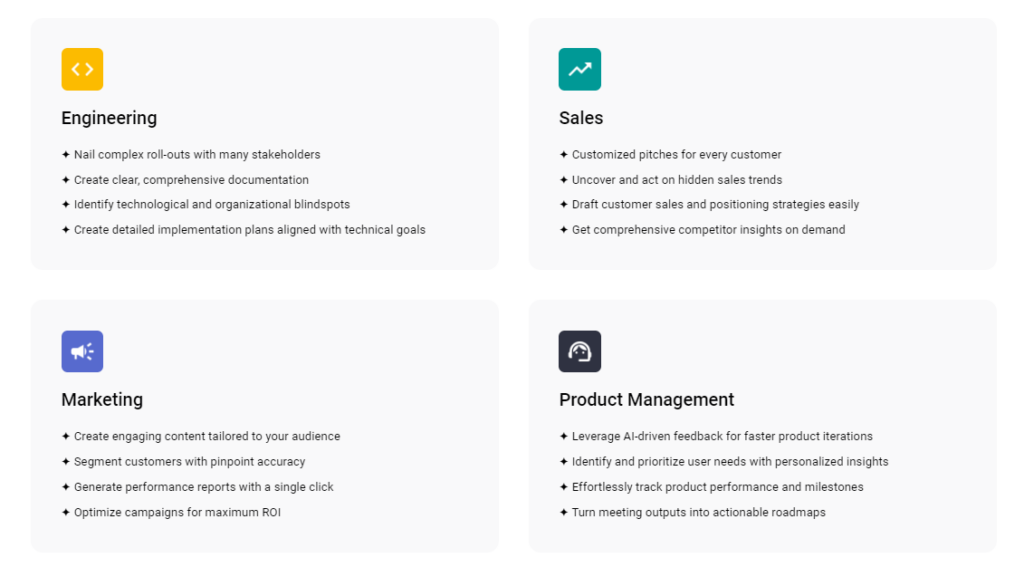
Now, let’s look at how collaborating with Semblian 2.0 works in practice:
Sales
In sales, Semblian 2.0 transforms raw strategy from your meetings into ready-to-use sales plans. After targeted discussions, it creates outreach plans with customer profiles and email templates. When clients raise concerns, the tool drafts response strategies using data from past meetings, helping sales teams respond fast and on point.
Project Management
As an example of using AI in project management, Semblian 2.0 turns meeting discussion information into a detailed action plan. The tool creates project timelines based on team capabilities and goals discussed in meetings. It assigns tasks based on each team member’s strengths, which it learns from the past discussions. Or, for instance, following stakeholder meetings, Semblian 2.0 can easily generate risk assessment reports that capture key concerns and solutions, saving your team hours of manual documentation work.
Customer Service
In customer service, Semblian 2.0 helps teams learn from every customer interaction. After complaint review meetings, it creates solution guides based on previous successful responses and team experiences. The tool also develops training materials that combine common issues, proven fixes, and service standards discussed in team meetings, helping support staff deliver better results.
Marketing
In marketing, Semblian 2.0 turns campaign planning meetings into clear content strategies. It creates customer segments based on team insights and drafts content that matches each audience group. The tool generates performance reports that connect campaign results with goals set in planning meetings, helping teams track ROI and adjust their approach based on real data.
HR
In HR processes, Semblian 2.0 transforms hiring and training discussions into structured workflows. During recruitment meetings, it creates candidate evaluation frameworks based on team requirements and past hiring successes. The tool builds onboarding guides that incorporate company policies, team expectations, and role-specific needs discussed across department meetings. For performance reviews, Semblian pulls insights from team meetings to create balanced evaluation criteria and development plans. It also helps track employee engagement by analyzing feedback sessions and suggesting retention strategies based on successful team practices.
IT
In engineering departments, Semblian 2.0 helps teams handle complex system roll-outs with clarity. In collaboration with other tools, such as Jira Automation, Semblian 2.0 creates detailed implementation plans from technical meetings, capturing key steps and stakeholder requirements. It also builds technical documentation that combines insights from developer discussions, system specs, and user feedback sessions, helping IT teams spot potential issues before they become real problems.
To Wrap Up
Understanding and implementing artificial intelligence teammates has become a key factor in business success. These tools reshape how teams work, turning routine tasks into quick, few-click processes and freeing up time for strategic thinking. While challenges exist—the benefits of AI collaboration outweigh the hurdles. Teams that embrace these digital partners find new ways to solve problems and create value.
Tools like Semblian 2.0 show the real potential of AI teammates in action. By turning meeting discussions into concrete plans and documents, Semblian helps teams move from discussion to results at a faster pace. Whether in sales, marketing, IT, or HR, this meeting-focused AI proves that the future of work lies in smart partnerships between human insight and machine efficiency. The teams that master this partnership today will lead their industries tomorrow.
FAQs
How do AI teammates differ from regular automation tools?
Good AI-based teammates learn and adapt to your work style, while automation tools typically follow fixed rules and scripts. Good AI-based teammates understand context, suggest improvements, and adjust their support based on your needs and feedback.
How long does it take to integrate an AI tool into daily work?
Most teams see basic results in 2 to 3 weeks but full integration and optimal performance often takes 2 to 3 months as the AI learns your processes and team preferences.
How much does AI teammate customization affect performance?
Well, to be honest, a lot. The more you customize settings, workflows, and preferences, the better the results. Think of it like training a new employee – more guidance leads to better output.
Which tasks yield the AI best teammates’ results?
Data analysis, document creation, scheduling, and routine communication tasks show the strongest results.
Introducing Semblian 2.0
- ✦ Multi-Meeting Chats
- ✦ AI Insights
- ✦ AI Artifacts
